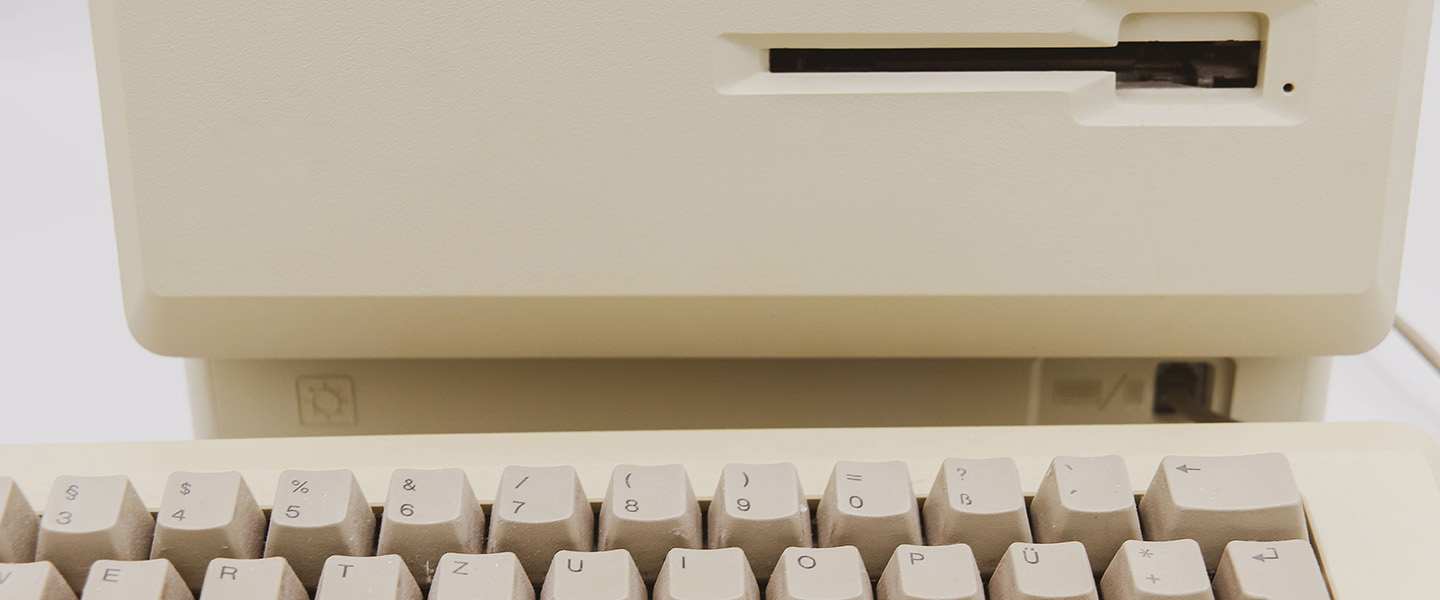Being a girl who coded in 1984 shaped my career
Here’s what I got wrong and right about that time
It wasn’t until many years later did I realize how amazing it was that I took coding in 1984 at De Anza College in Cupertino which we today refer to as the heart of Silicon Valley, or certainly its birthplace. It wasn’t called that then. It was just De Anza College on Stevens Creek Boulevard. They had a lot of interesting classes so I took everything from art history to economics to programming. We already had a lot of tech companies and I was aware of these new “PC” computers and coding languages. My father was an engineer at Sylvania so we often talked about tech. And my Bay Area high school offered a solid math and science curriculum that all students participated in.
So it wasn’t amazing that I took coding in 1984 because I was a girl. In fact, I don’t recall being very different. De Anza College was a two year college that attracted a pretty progressive and diverse lot. Steve Jobs himself attended in the 70’s which was why he wanted to announce the Apple Macintosh at De Anza’s Flint Center in January of 1984. I started out taking FORTRAN and we coded with punch cards. Most anyone today would have no idea what I mean! You actually compiled the stack of punch cards. Pretty crazy thinking of it now. I was excited to try out the new computer lab so eagerly signed up for the Apple BASIC lab. I loved the problem solving part of it and did well in my classes.
That’s when I missed the big signal all together, the market trend, the opportunity. I decided that coding wasn’t for me. It seemed like a solo activity and I wanted a career that was more people-focused. Pretty ironic how much “code” I use today but we’ll get to that in a minute. I had no real idea of the magnitude of what was happening in technology at that time and how big this “coding thing” would be. That mistake in mis-reading the market was something I vowed to do better at later in my career. Meanwhile, I moved south to the beach and took economics. Honestly, there was a lot of the same math and logic process involved. This is where I got it right. It was about those “math” problem solving and logic flow skills that stayed with me and shaped my career. Today I find it handy to be able to decode some HTML or be able to quickly figure out email workflow.
Not only does that coding logic base help me build marketing workflows, it helped me better understand technology itself like neural networks and artificial intelligence. Understanding those things made me a better tech marketer. I’ve long said, no, you don’t have to be a coder to sell technology, but understanding it does help.
The other lesson I took away from my 1984 experience was to be a lot more observant macro trends and market opportunities. I’ve been fortunate to do early work in telecom with some of the first smart phones, in AI with some of the first broadly applied neural networks, and in the Internet of Things. So the good news is that girl who codes is still in there, adopting new technology and building those workflows.

